The movement toward more sustainable living has skyrocketed in the last decade or two, and clothing is no exception. Hence, vegan leather has become popular–but what are its true environmental benefits, and how does it stack up against genuine leather? Read on to learn what it’s made from, how it ages, and a good deal more!
- What is Animal Leather?
- What is Vegan Leather?
- How is Animal Leather Made?
- How is Vegan Leather Made?
- What’s the Environmental Impact of Vegan Leather?
- Non-Plastic Vegan Leather Options
- Animal Leather vs. Vegan Leather: Immediate Visuals
- Patina and Colorfastness
- Versatility and Durability
- Environmental Impacts
- Other Alternatives to Vegan Leather
- Conclusion
- Outfit Rundown
Traditional leather from animals is omnipresent in the menswear space. Still, it also has a massive impact environmentally, and there have been lots of voices questioning whether it’s ethical to have real leather. Obviously, an animal has to die before you can make real leather, so some people refuse to wear it.
Even though other people claim it’s just a byproduct of meat production, there is still a demand for non-animal leather alternatives. Of course, sustainability and environmental ethics can be tricky subjects, and we try to dig a little deeper so you can more easily understand what vegan leather is and what it’s not.

What is Animal Leather?
Before we dive into vegan leather, let’s first define what leather is in the first place. It’s one of the oldest clothing materials known to man and dates back over 400,000 years. Basically, it is a treated hide (large skin) or skin (small skin) that is tanned with tannins so it won’t rot, will be flexible, and can be made into shoes, accessories, and clothing.
For most of the time of leather production, tannins were produced by way of natural materials such as bark or urine. Only relatively recently have chromium salts taken over. And today, the majority of leathers are tanned with chrome salts simply because it’s a much faster process.
What is Vegan Leather?
On the other hand, vegan leather is a much more recent invention and has been around for a little over a century–though this timeframe depends on the definition being used, which is disputed.
At a very base level, vegan leather is anything that looks or feels somewhat like leather, but that is not based on animal products. It’s very closely associated with the veganist movement, which tries to abstain from using animal products to de-commodify animal lives.
A more outdated term for “vegan leather” is “artificial leather.” At the time of its creation, there was not really that vegan mindset behind it. It was simply a way to cut costs and maybe produce leather jackets for much less money than it would traditionally cost.
Its other terms include “faux leather,” “imitation leather,” “leatherette,” or “pleather.” Frankly, they’re all used interchangeably. Although, technically, some people argue that leatherette and pleather should be separated. So, they’re, strictly speaking, plastic-based leather alternatives.

So, in a nutshell, all vegan leather is artificial leather, but not all artificial leathers are vegan. With the increased popularity of the vegan diet, people have also thought more outside the box and have considered what they put in their bodies and what they put on their feet. So, the interest in vegan leather has definitely increased since the early 2000s or 2010s.
We believe that a sustainable, green wardrobe goes way beyond just the materials used, but also longevity plays a big part in that, which we discuss more in another post. It’s easy to claim that traditional leather is not environmentally sustainable. The whole thing is a bit more complex. So, let’s take a closer look at it.
How is Animal Leather Made?
Worldwide, over a billion animals are killed each year that are part of leather production. This includes most animals that are primarily there for meat production, such as cows, pigs, goats, and sheep. In this large case, the leather is just a byproduct of meat production.
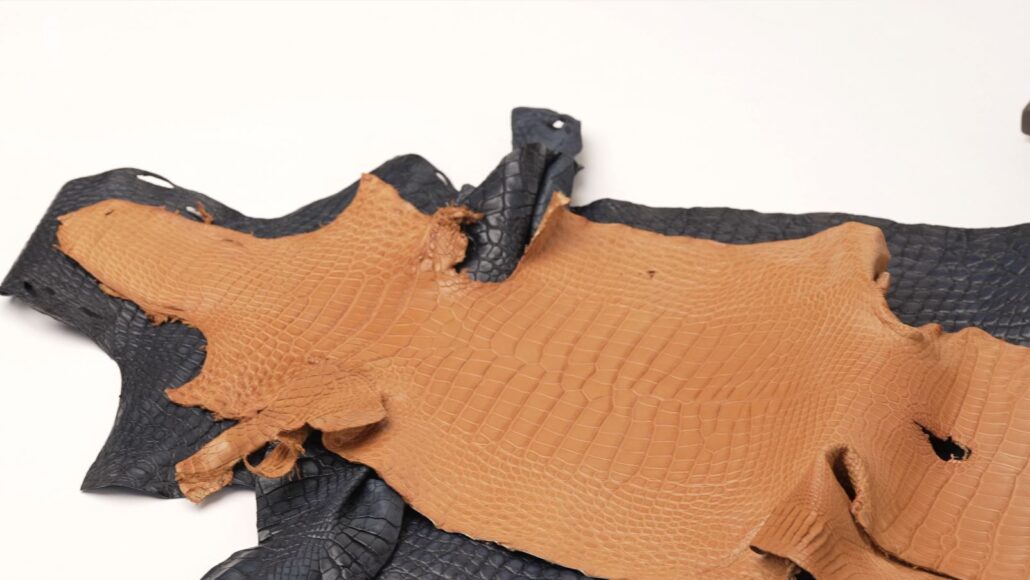
Then, there are exotic skins like alligators, kangaroo, ostriches, or other animals like snakes. The primary reason for killing the animal is the skin so that it can be made into leather. Yes, there are many places where you can get crocodile meat, kangaroo meat, and snake meat, but it’s not commonly eaten meat–at least, not in the Western Hemisphere today.
So, if the goal is to prevent the killing of animals, meat consumption has to go down in line with leather production. Otherwise, if you just stop wearing leather goods, you end up with more animal waste.
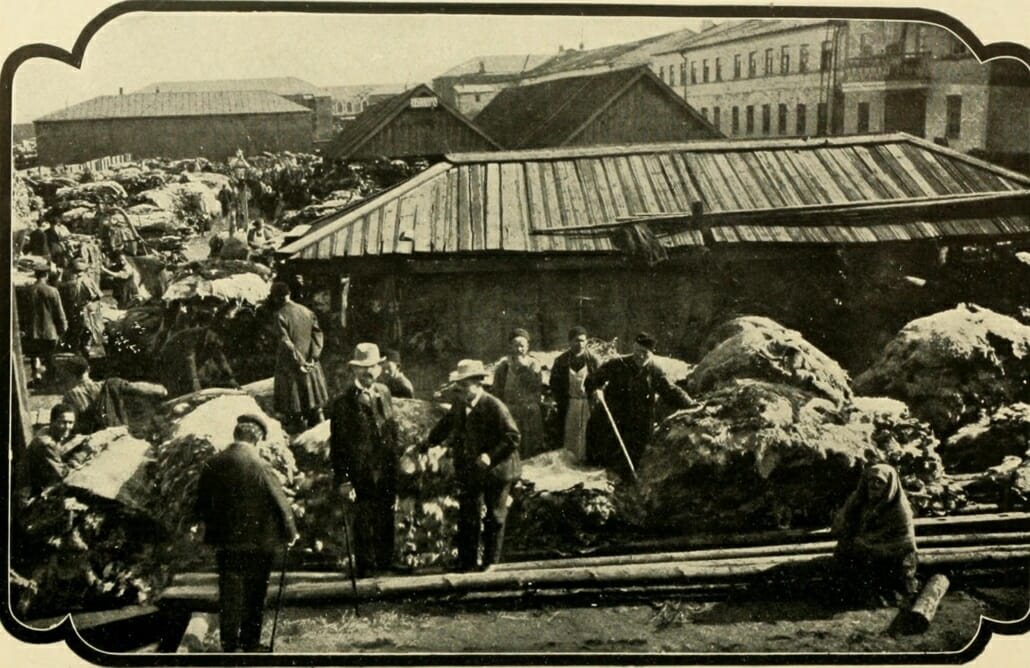
Tanning Animal Leather Introduces More Pollutants
Apart from that, tanning real leather is dirty. Also, all these animals and cows have to graze somewhere, so they’re also partially responsible for deforestation on our planet. That, in turn, can reduce biodiversity and create greenhouse emission gases. Cows, for example, produce methane, which is a greenhouse gas.
Of course, all the sulfides acids, and chromium salts used during tanning and making of the leather can impact the environment, too, if they aren’t filtered properly in specialized systems.

Last but not least, there’s often a solid waste leftover, such as the hair, the fat, and the tissue. The tanners we use for Fort Belvedere leather goods try to use that material and burn it in biomass energy plants just so there’s less waste.
Vegetable Tanning Has Minor Impacts
In theory, a veg tanning process is better for an environment than the chrome salt tanning process. But, of course, the finishes and how exactly it works, and how well the tannery is equipped to filter things all play a big role. The vast majority of leather today is chrome-tanned, and there are risks associated with it.
While most tanners in the world operate under strict conditions and environmental protection, some tanneries, especially in third-world countries, have less oversight and fewer rules. And so, there’s also more pollution. Thankfully, consumers, activists, and governments are pushing towards cleaner or more environmentally-friendly leather production.
As a consumer, it can be difficult to ascertain if a leather comes from an environmentally sound tannery. Fortunately, there are organizations such as the Leather Working Group, which is a non-profit that tries to help modern tanneries be less environmentally impactful and better for our planet.
How is Vegan Leather Made?
So, now that you have a better idea of the impact of real leather on the planet, what’s it like when it comes to vegan leather?
First, let’s talk about plastic vegan leather. Some smarty-pants will tell you that petroleum-based plastic vegan leather is actually derived from plankton and fossils and is, therefore, not truly vegan but animal-based. But, considering the millions of years in between, we consider them plastic and vegan. Practically speaking, today, most fossil fuels are not considered to be not vegan.
The first artificial leathers were introduced in the late 19th century. At first, they were made from paper products such as pulp or mulch. In the 20th century, petroleum-based materials, in other words, plastic-based vegan leathers, became more popular. Today, there are two plastic-based production methods that are most prevalent–one is PVC, the other is PU.
PVC-based Leather Production
PVC stands for polyvinyl chloride, sometimes shortened to just “vinyl.” It was invented in the 1920s. Vinyl consists of a layer of PVC plastic, and then you have a plasticizer and a stabilizer based on something metallic, such as zinc. So, at the core, you have a polymer applied to a base fabric made of polyester, nylon, cotton, or other materials. This bonding process is done by machine.

While most people are familiar with vinyl, and it has been around for over a century, it is more often now displaced by PU.
PU-based Leather Production
PU stands for polyurethane and was introduced in the second half of the 20th century. It consists of a layer of PU plastic polymer that is then treated with a solvent to create a certain flexibility, then applied to a base.
Keep in mind that some PVC and PU leathers can contain a layer of split (animal) leather because, again, the initial reason to have these leathers or leather alternatives was not to be vegan, but to just be less expensive than real leather. So, unless the product is marked specifically as 100% synthetic, it may contain animal products or byproducts.
What’s the Environmental Impact of Vegan Leather?
Obviously, they start as plastics, and plastic is typically made by burning fossil fuels that release carbon dioxide, nitrogen, and ashes. Plastic is also notorious for taking hundreds to thousands of years to degrade.
At the end of the day, 75% to 90% of the plastic ends up in landfills or oceans, which is pretty sad. Even though plastics have been around for quite a while, the micro-shredded plastic and its impact on the environment or human bodies is not fully understood yet.
Leaving that plastic content aside, if PU is produced under modern standards, there are very few other environmental impacts outside of the plastic. PVC, on the other hand, is a more serious environmental polluter.

Hello, Louis Vuitton Weekender Keepall bag! If you’re interested in how much this PVC-based material costs you if it has an LV logo on it, you’ll find our honest review interesting.
As PVC ages, it can leak chemical compounds known as “dioxins.” These can seep into the water supply and metabolize in plants, animals, and even people. They collect in organic bodies and can build up to toxic levels.
Elevated dioxin levels in humans are associated with birth defects, cancer, developmental problems, or compromised immune systems. No, I’m not a doctor, and if you want to know all the effects, please speak to one. Fortunately, for these reasons, PVC leather is mostly phased out for clothing products these days. But, it persists in sweatshops, and can be found in many accessories.
Non-Plastic Vegan Leather Options
Recent innovations in PU leather production, such as using recycled or biodegradable plastics, help make it a continuously more environmentally-friendly material. But, for the time being, plastic vegan leathers are clearly not without an environmental impact, which is why there are some voices who are interested in non-plastic-based vegan leather.
Most of these other vegan leathers are based on plants and plant fibers. For example, you have materials made of grape skin or fruit rinds. Even cactus leaves or pineapple tufts are used to make these leather-like materials. Some even use fungi. Of course, lots of other materials can be mulched, flattened, and then printed or colored in a way that gives you that leather-like look and feel.
These industries are still in their infancy, and you as a consumer can’t just go out and buy that stuff. Because it’s early days, there’s no real scale of production. There are also quality control issues, and it’s not something that we recommend you rely on. Some of them even use petroleum-based products in a smaller quantity. But still, there are plastics involved in it.
That being said, great strides have been made in the last two decades in that department. Innovative thinkers come up with new ways to have a more environmentally sound leather alternative.
For example, there’s this lab called Modern Meadow, and they’re working on materials that are grown in a petri dish in a lab. It’s based on genetically engineered yeast that spits out collagen, which is a protein, as it ferments. This protein can then be turned into a powder, colored,made into a paste, and then into materials that are probably better than plastic-based vegan leathers.
Animal Leather vs. Vegan Leather: Immediate Visuals
Now that you have a better understanding of how vegan leather is made and what the environmental impact is, let’s look at the material and see how it feels, how it looks, and how it performs.
Through the early 2000s, these leather alternatives were clearly inferior. You could see it, you could feel it, you could touch it. And it was really overly shiny, or it was too waxy or dull when you touched it. Sometimes, it was sticky or had a weird odor.
Also, when you wear them on your skin, these materials are not breathable, so you would start sweating a lot faster. Over time, the imperfect bonding process would cause flaking, and you could see that it just didn’t age gracefully at all.
That being said, modern vegan leather has come a long way. They have better bonding agents now, so stuff doesn’t just flake off. They try to emboss a kind of skin pattern, so it looks like your vegan leather has little pores. And while PU vegan leather can still get stuffy and is not breathable, there are other alternatives now that are relatively breathable.
Patina and Colorfastness
Real leather of the highest quality is a nice top grain that is tanned, that can be soft and supple, a little stiffer depending on what you’re going to use it for. It will develop a really beautiful patina over time. It is very durable. And even if you scratch it, it doesn’t look cheap and lasts for quite a while.
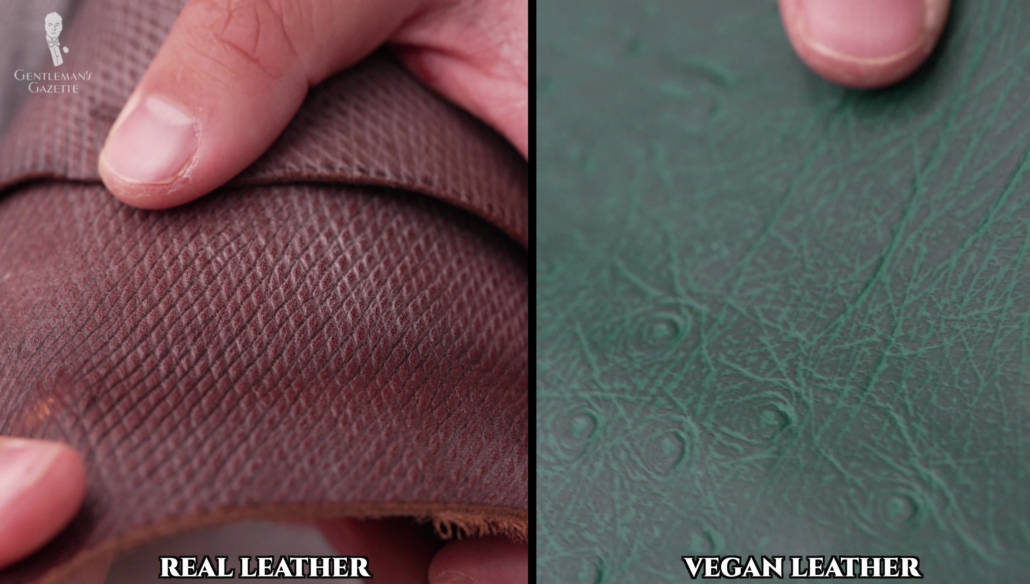
In terms of looks, vegan letters have, in fact, come a long way. But, if you hold them side-by-side, the real leather still looks much better in my mind. The artificial leathers just look a bit more plastic-y even though no plastic is involved.
The grain is too perfect, and there’s not this nice patina and depth of color because there’s just one layer on top. It’s not like you look into a nicely polished leather made from an animal hide or skin.
The colors of vegan leather can also be flat and uniform and just lack that multi-dimensionality of a nicely-tanned leather. Just look at this classical calf in brown on the wallet below. You can see different shades of brown. On the other side, there’s blue deerskin that is softer and wrinkles differently. It’s just hard to recreate that with vegan leather.
It also doesn’t absorb colored polish as well. So, if you have shoes, it’s harder to create a dark cap, for example, and lighter areas elsewhere.

Some might argue that most leather is pigmented, which doesn’t reach a particularly good patina either. And you’re right, yes. But, if you look at higher quality leathers that are aniline dyed and open-pored, you can just get this fantastic patina that makes leather goods so beautiful, in my opinion. And that’s not something you can recreate on any vegan leather to this day.
Versatility and Durability
Animal leather also has pliability that allows it to take the shape around an object. For example, that’s how shoes are made when they’re on their last, to really take on that shape.
Vegan leather does not have that quality at present. Even if you don’t mind about all the other stuff, vegan leather is obviously inferior compared to real leather in terms of durability. Items don’t take regular wear or abuse well. There’s no way to repair it or buff something out, unlike real leather where a scratch can disappear, or some oils or waxes can make it look nice again.
Yes, there can be cheap pigmented leathers that also will flake and look horrible and age poorly. But, again, higher-quality leather will not do that. Moreover, vegan leather is not as versatile.
For example, for our Fort Belvedere gloves, we use a soft, very stretchable sheepskin or a really flexible peccary so you can move your hand around, and it’s always very comfortable and functional. That same leather for a pair of shoes wouldn’t be ideal and vice versa because it wouldn’t serve that purpose. In vegan leather, you just don’t have this versatility between different hides and skins.
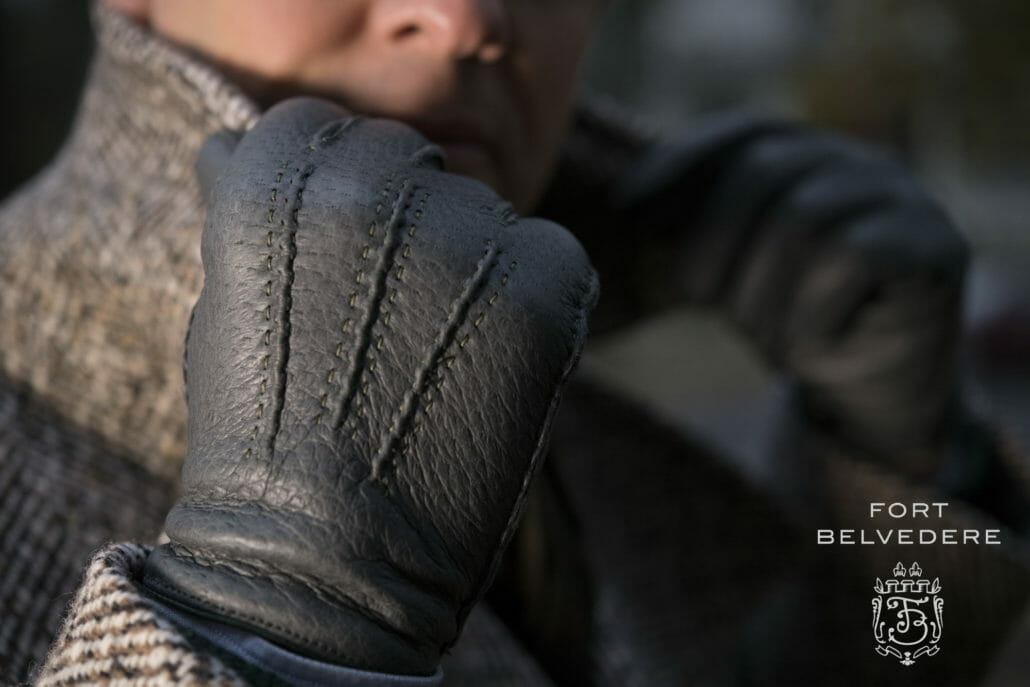
For example, for our Fort Belvedere gloves, we use a soft, very stretchable sheepskin or a really flexible peccary so you can move your hand around, and it’s always very comfortable and functional. That same leather for a pair of shoes wouldn’t be ideal and vice versa because it wouldn’t serve that purpose. In vegan leather, you just don’t have this versatility between different hides and skins.
Environmental Impacts
Some might also question whether burning fossil fuels for plastic vegan leathers is so much better than having real animal leather because all the animals would die anyway because of the meat consumption in the world.
In 2018, the French fashion house Kering, which owns brands such as Gucci, Yves Saint Laurent, and Bottega Veneta, had an environmental loss and protection study initiated. And it came to the conclusion that vegan leather alternatives are about a third less environmentally impactful than real animal leathers. The Higg Material Sustainability Index came to very similar conclusions.

So, in a nutshell, if you just consider the square footage or square meter output of material, vegan leathers are more environmentally friendly.
However, if you take into consideration that vegan leather wears out a lot faster than traditional quality leather, you may get a different result. Makes sense, right? If you have to buy five, six, or seven vegan wallets compared to just one quality leather wallet, there’s a lot more waste on the vegan side.
That being said, whether vegan leather is a viable alternative or not for you really is up to you. In my mind, unless you’re ethically opposed to animal leather, there is still no comparison, and animal leather beats vegan leather any time of the day in my book.
Except, of course, for environmental impact per square footage. If you’ve been a follower of the Gentleman’s Gazette, we’re big proponents of the cost-per-wear or cost-per-use argument. And if you use that formula to determine environmental friendliness, animal leather is better than vegan leather.
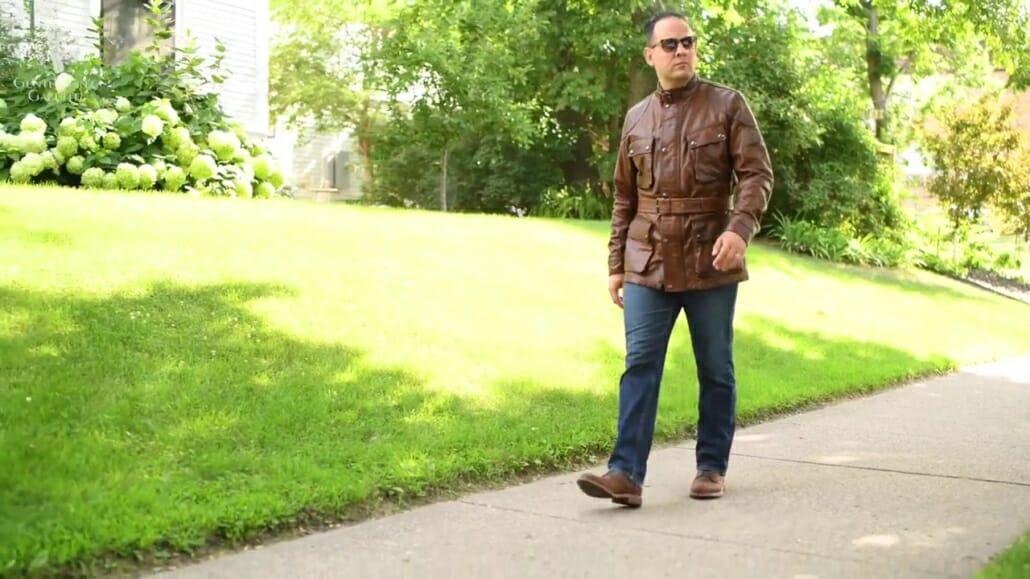
Other Alternatives to Vegan Leather
If you want a high-quality leather good and the most minimal effect on the environment, maybe you have to buy vintage things because they’ve already been produced and resources have been used up. If you use them, you do something good for the planet rather than buying something new. Aside from that, it’s also a whole lot less expensive.
Conclusion
If I compare a cheap animal hide that is pigment-dyed and vegan leather, I think the comparison is more even, and I may even prefer vegan leather because of its lower environmental impact. Fortunately, I’m not in a position where I have to resort to cheap animal hides, so I just stick with quality animal-based leathers.
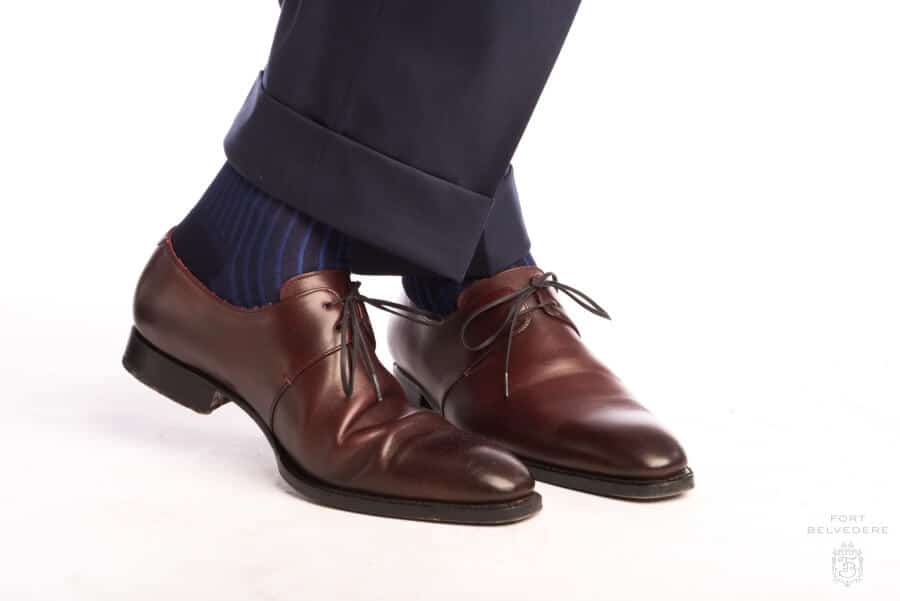
So if you really want to go vegan, you may be better off going with natural fibers such as hemp or linen or denim or other things that you can make shoes out of, for example, than going with this kind of leather or vegan leather alternative.
We’re always interested in innovation and, hopefully, one day, we can come up with a material that is better than animal leather and has a lower environmental impact. Until then, I’ll go with animal hides.
Outfit Rundown
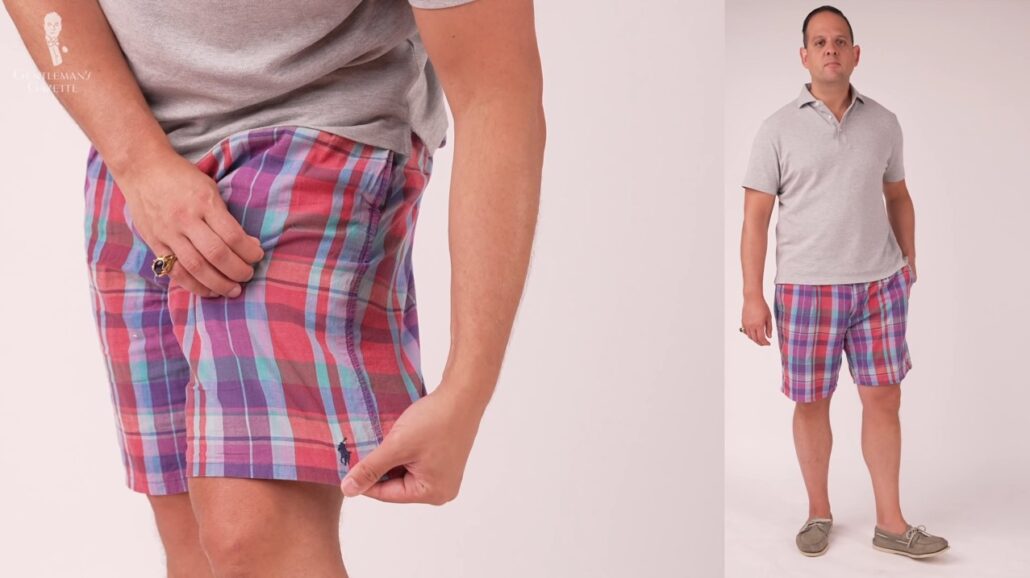
Today, the only leather product I’m wearing is on my feet. It’s a pair of boat shoes from Sperry and it’s gray just like my polo shirt. A lot of times people ask, “Do you wear classic clothing all the time?” And it’s like, yes, in a way. But, classic clothing can also be a nice pair of shorts.
Here you see me wearing a vintage polo, a pair of shorts. It’s like a linen fabric blended with cotton, and has this kind of madras-inspired pattern. It’s very bold and because of that, my polo shirt is also gray. This is a simple polo, with no logo from Spier & Mackay. It’s cotton. I think it’s size L. I like that it has a collar that’s like a shirt collar, not like a typical polo shirt collar. It fits me reasonably well. With a bold pair of shorts, you can’t go louder elsewhere. The only other thing I have is this kind of cool ring. It’s a custom ring, 18 karat gold with a nice stone that is purple and picks up the color of my shorts.




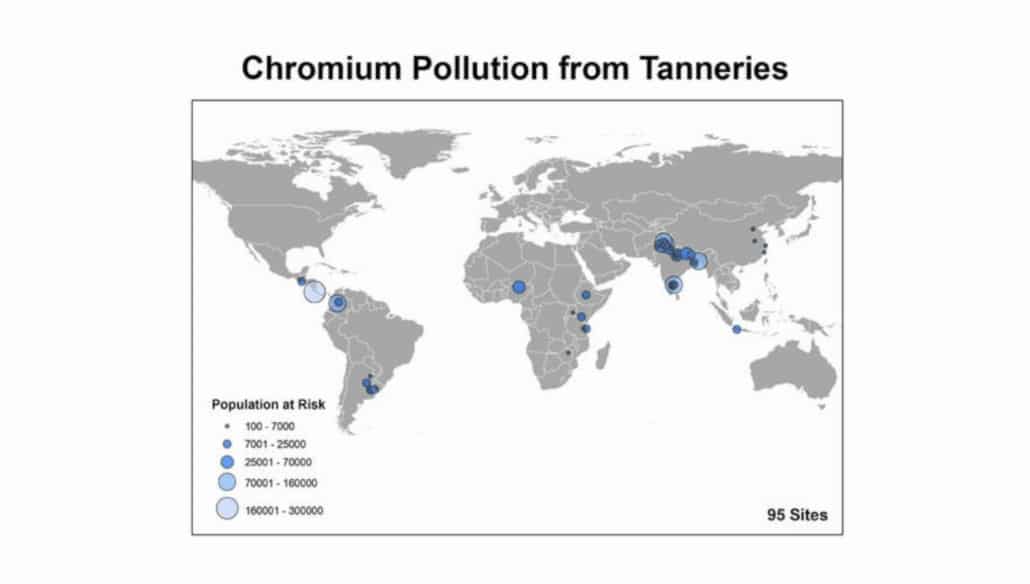









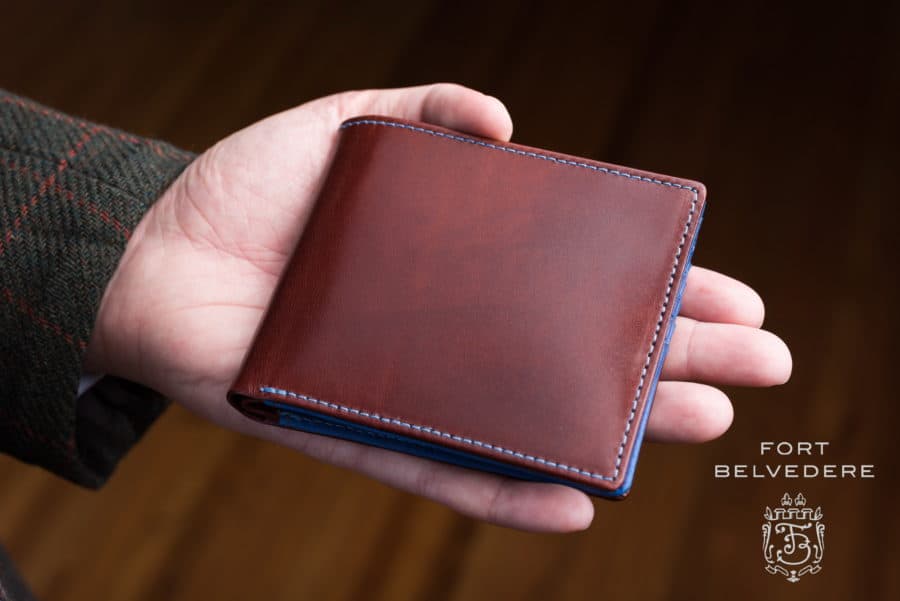

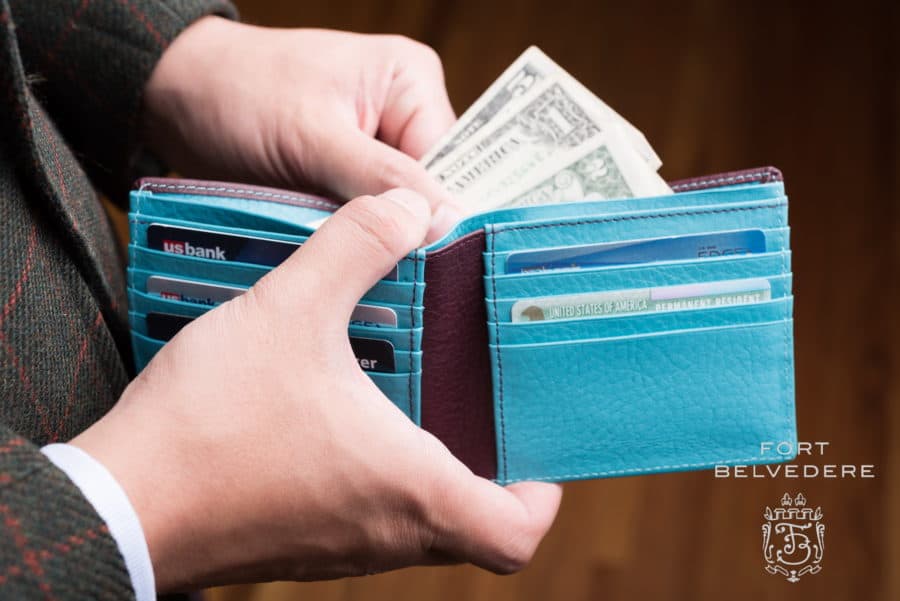

Vegan leather, or whatever you want to call it, is a pure abomination. It’s crap, ersatz and not worth buying.
It will never last as long as full grain leather – in any product.
The morale of the story is, buy less, buy wiser, buy better quality, maybe more expensive, I agree, but the quality will remain long after the price is forgotten.
Trying to beat nature at its own game- aha! Human folly and arrogance never seizes to amaze.
Not to mention how many of the leading fashion houses are betting on regenerative agriculture https://www.fastcompany.com/90628486/why-patagonia-gucci-and-timberland-are-making-a-big-bet-on-farming
I never found anything where a copy did better than the real thing. Maybe only on a marketing campaign some time ago from a copying machines brand…
When someone states that something benefits the environment I aways laugh to myself. Who cares? I certainly could care less. All this leftist propaganda stating to do this for the environment is nonsense. Buy quality and let China, India and Russia worry about the environment first.
Thank you for this commentary. Frankly, I was prepared to read and dismiss it as gobbledygook. But to my mind you gave an evenhanded assessment.
That said…. There can be such a thing as a vinyl covered sofa (I know—I was in my twenties in the seventies). But there’s no such thing as vegan leather—I remind my Tesla driving brother in law of that every time I see him and watch his eyes dream back to the day he sold me his 2000 Benz that smells of wood, real leather and slightly musty from a small window seal leak every time I hop aboard. So save me from the sweet nirvana of test tube invented odors and the sound sleep of never having caused something with a face to have died for my pleasure.
Sorry about that last sentence. I got carried away. I need to gas up the Benz, lower the top and take a deep breath.
Genesis 1:28
Personally I prefer the real thing to the imitation crap. I prefer real meat instead of the plant stuff which doesn’t even come close to real meat. I prefer the real leather instead of the fake stuff and I prefer real cars instead of the electric crap that you can only drive a few hundred miles and have to recharge. This whole ecology and global warming crap is just that a big pile of steaming bull crap. Nothing fake is as good as the read thing.
Greetings,
Vegan leather is an option.
Just like Naugahyde is to upholstery and margarine is to butter, vegan leather is a choice, but it is not better than the real thing.
Coke or Pepsi?
Best regards,
Andy Gregg,
Palm Springs, California.
Excellent article and the takeaway for me is that there really cannot be any apples-apples comparison between vegan “leather” and . . . leather. It’s not an “optio”n because it’s not the same thing by any standard. One can compare a Yugo with a Bentley, but you can’t compare a tennis shoe to a radiator cap..
Another great point in the article was that there are plenty of other quality materials instead of fake leather that are vegan-friendly. Having a relative who is a vegan (for moral/ethical and not environmental reasons, which I agree with several commenters are generally a load hogwash), all of his accessories – shoes, belts, wallets, luggage, etc. are textile-based, and he dresses well.
And for what it’s worth, anyone who would buy a plastic LV bag doesn’t understand luggage, quality, or money.
I appreciate this very balanced article about vegan leather, though not being vegan myself. Too many market their shoes etc. as “vegan” to hide they are just made of plastic and therefore pervert the only good point veganism has, i.e. the impact on environment.
I honestly hope that soon, we will be able to produce leather with the same superior quality of natural hides without any impact. This will satisfy both vegans and leather-lovers alike.
I agree that this was a fair and balanced article. I am, however, skeptical that a “vegan” leather as good as the real thing is even possible, also that there will ever be any product that satisfies both sides of the debate. Further, even if such a feat should be achieved, there will always be some naysayer that has a reason to offer up some sort of protest. In the end it is up to each man to live what he believes, and surprisingly that man owes no one an explanation for his beliefs, this could minimize a lot of arguing.